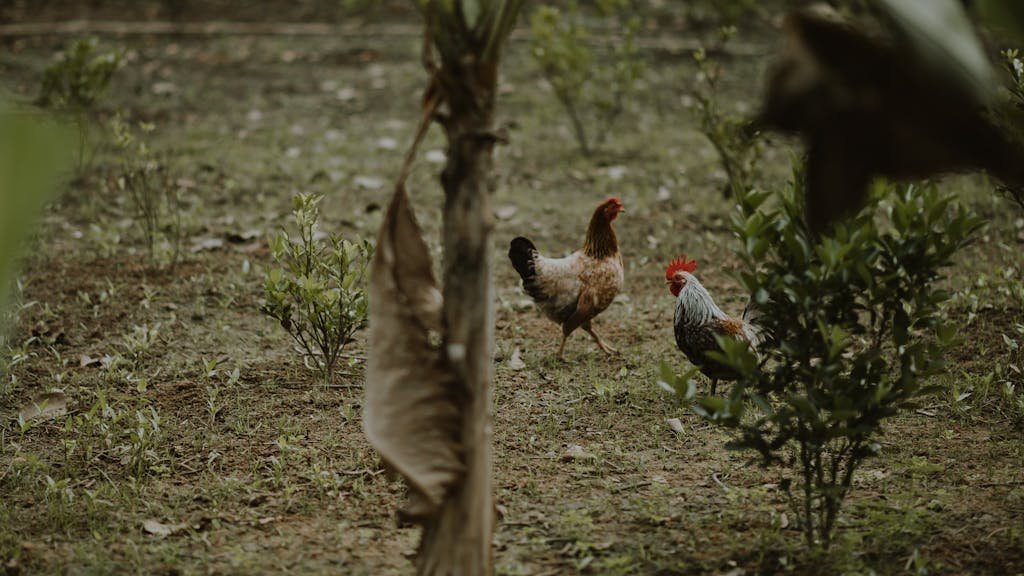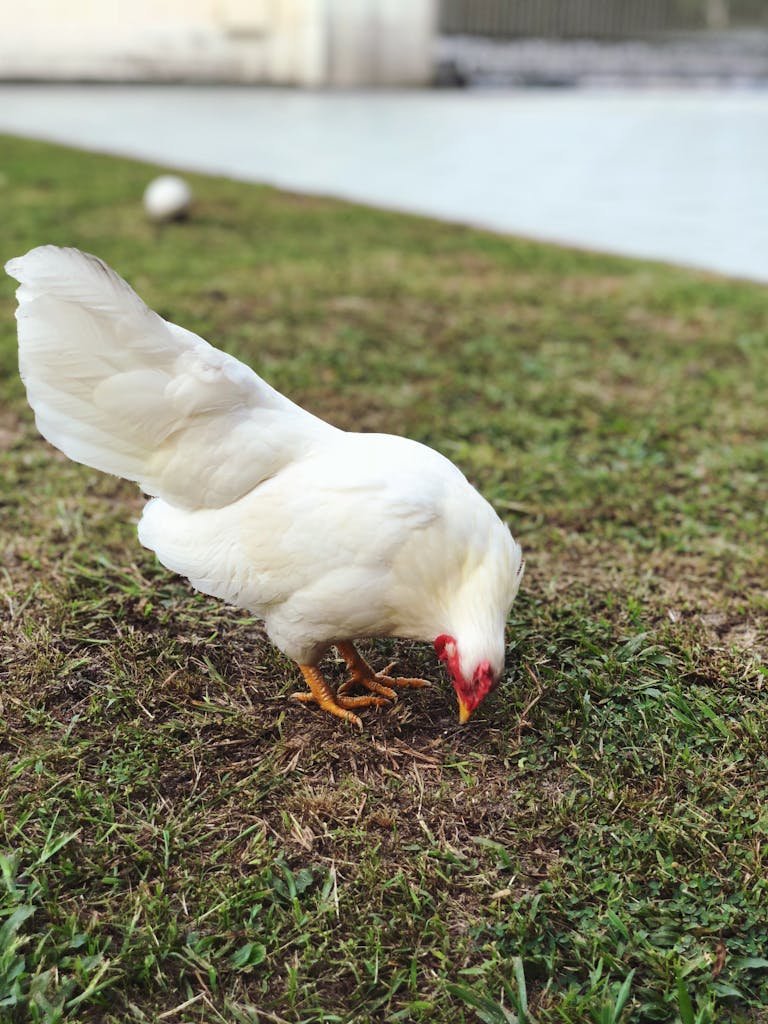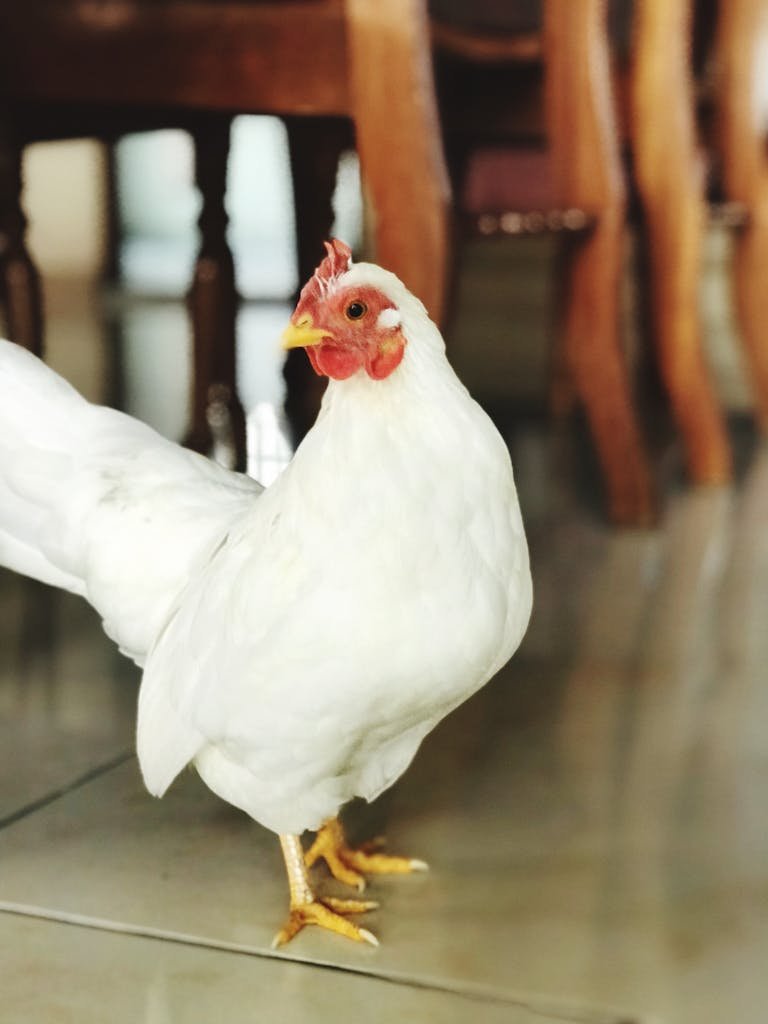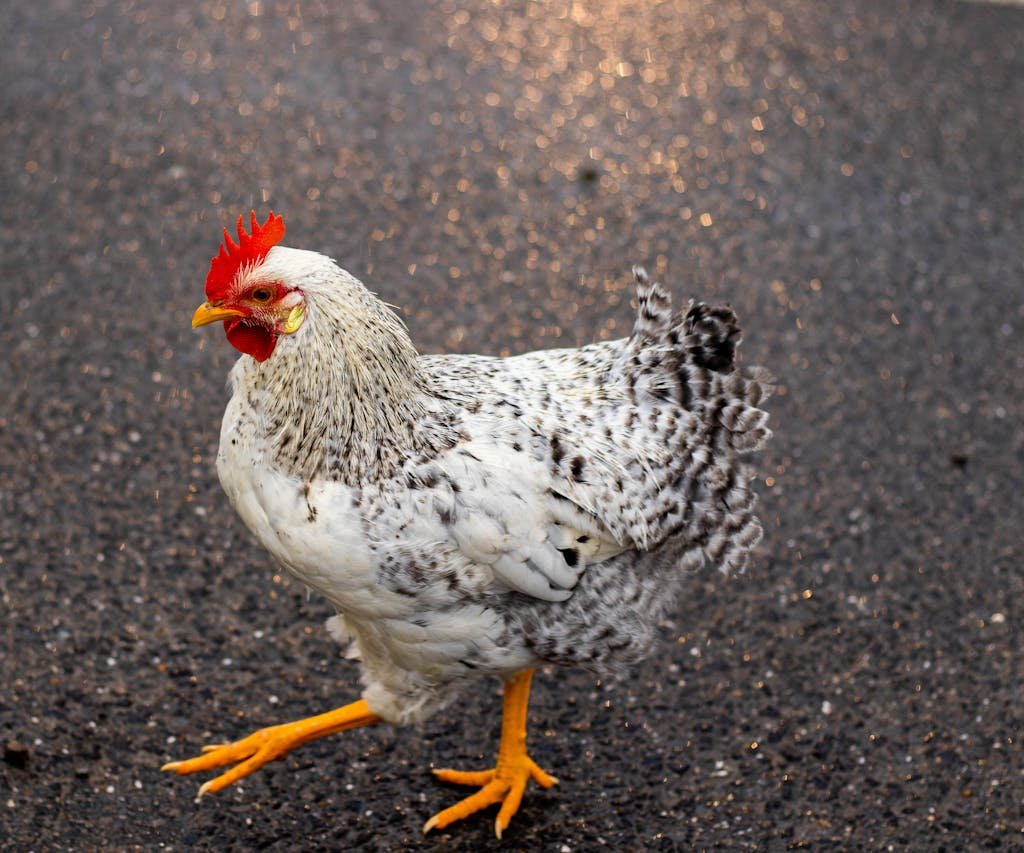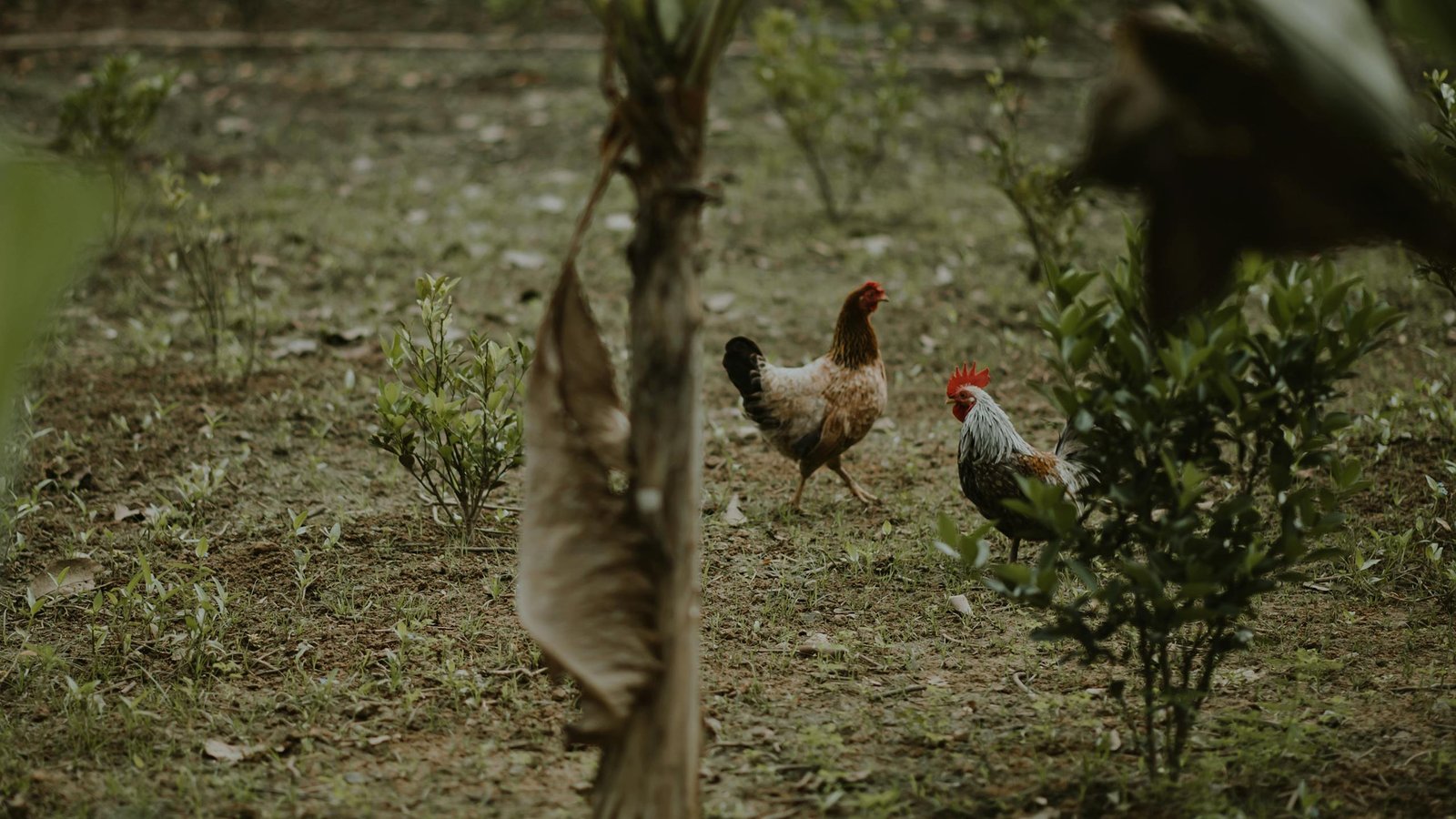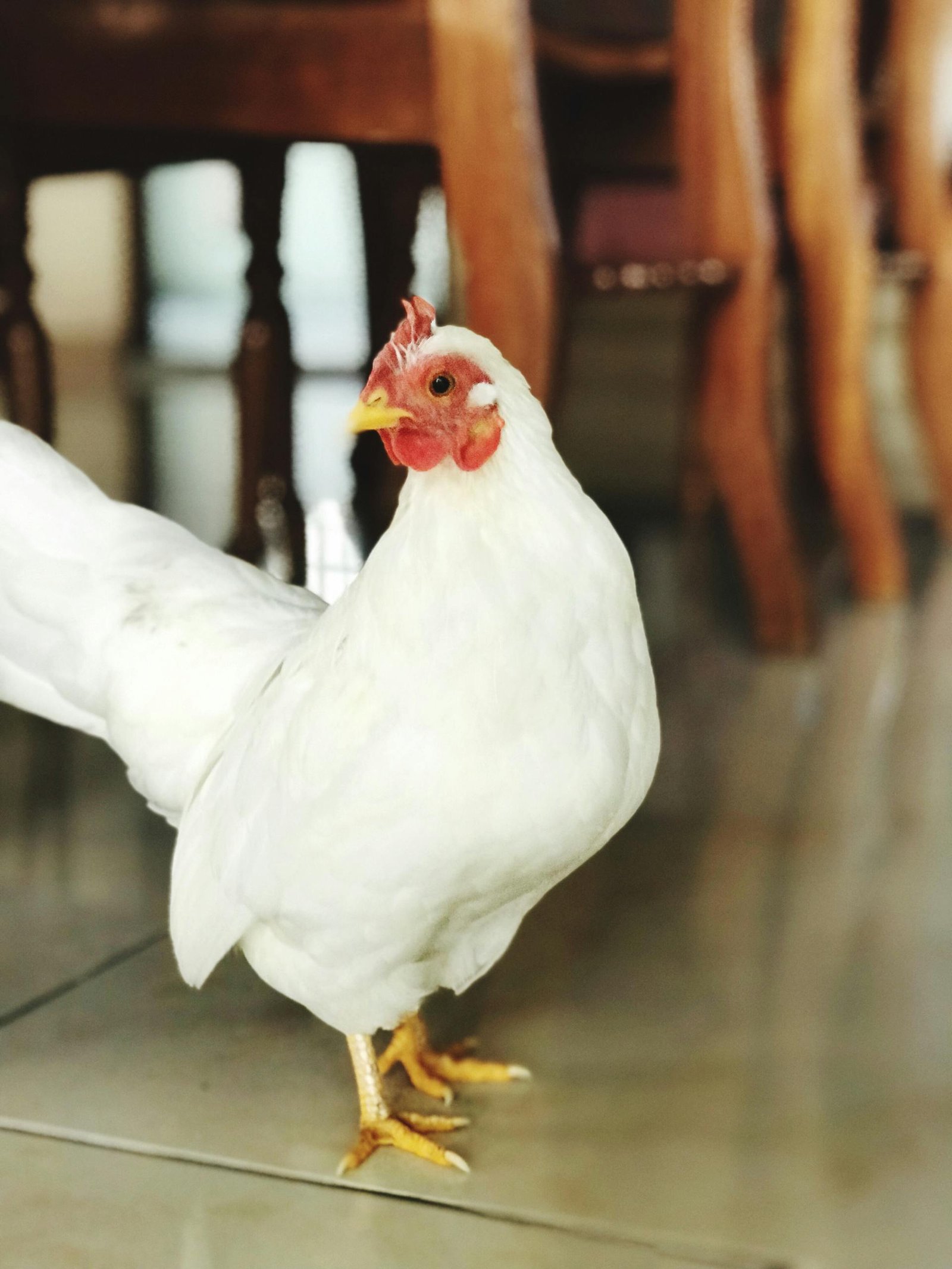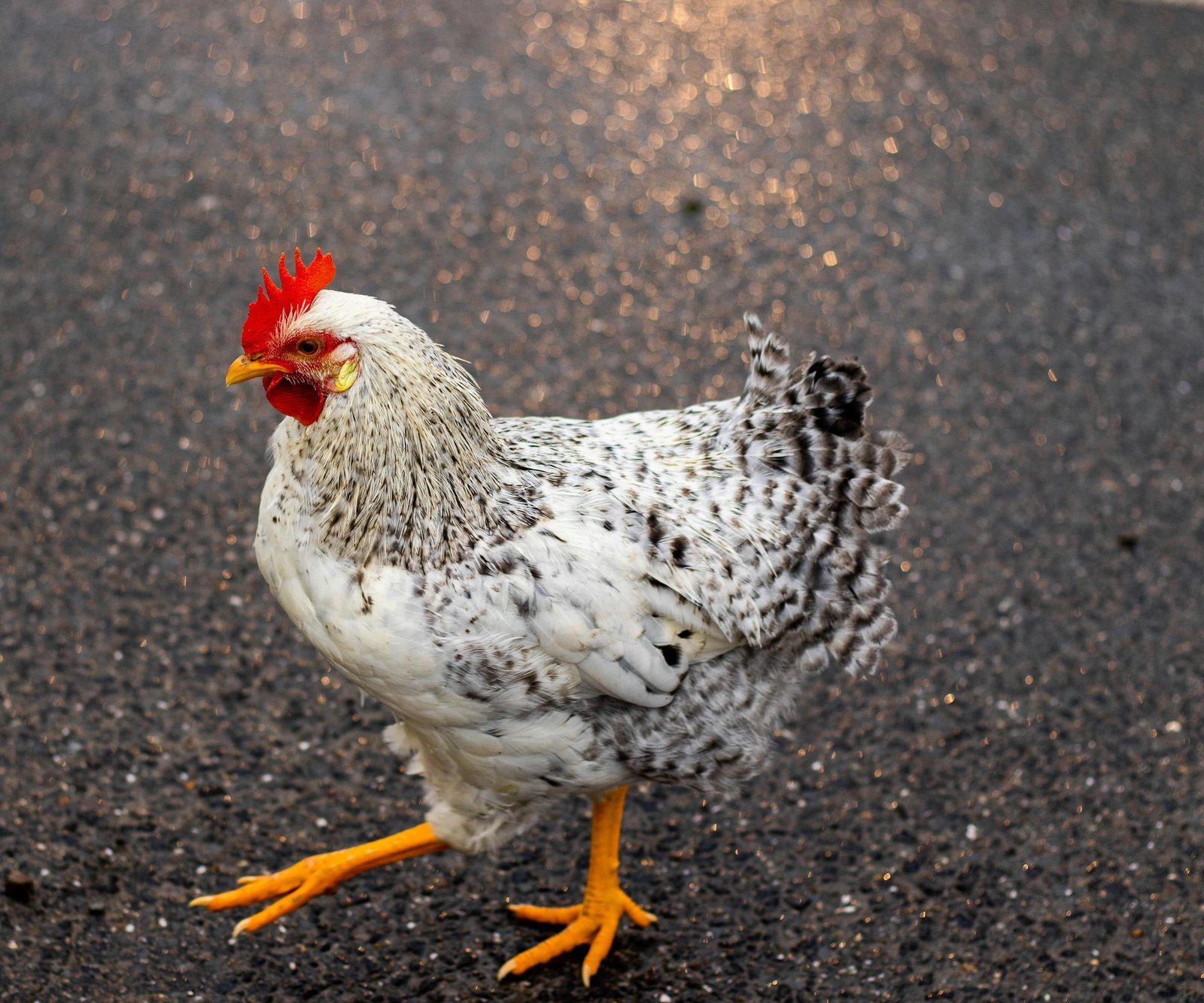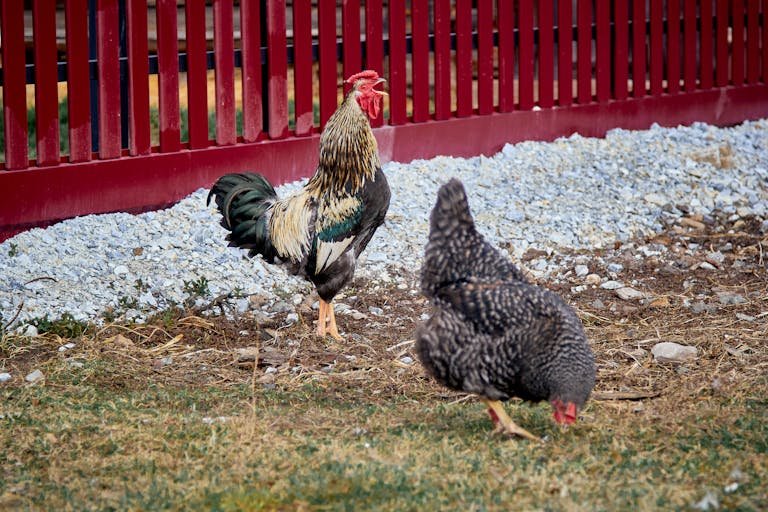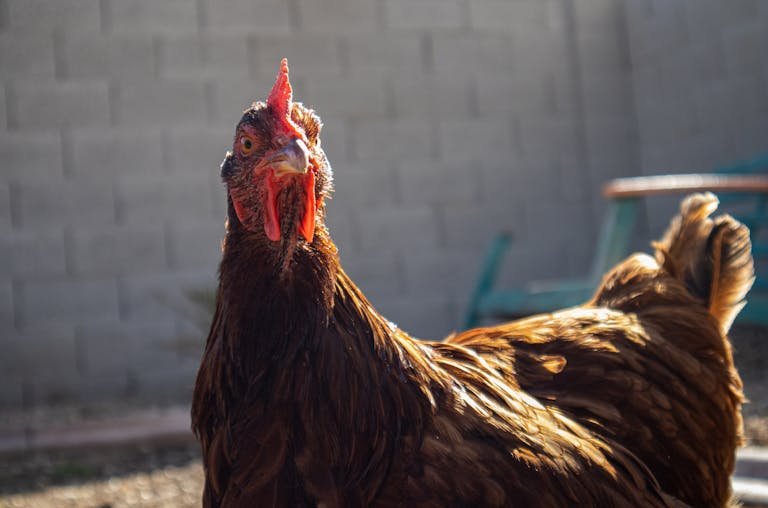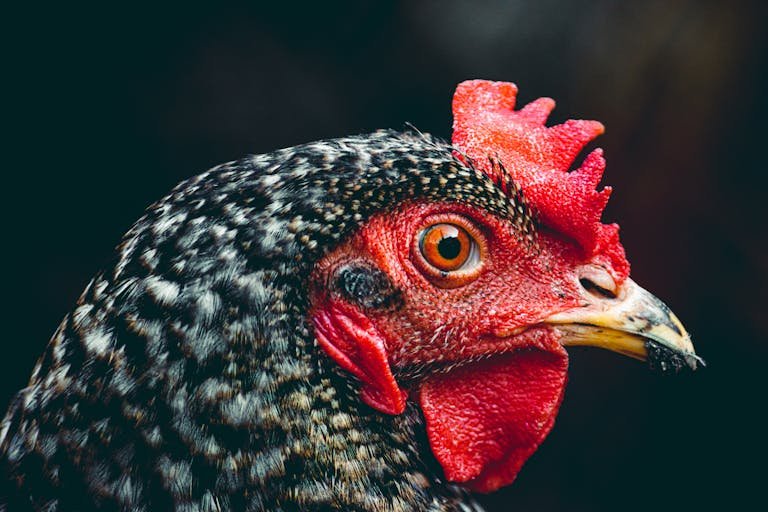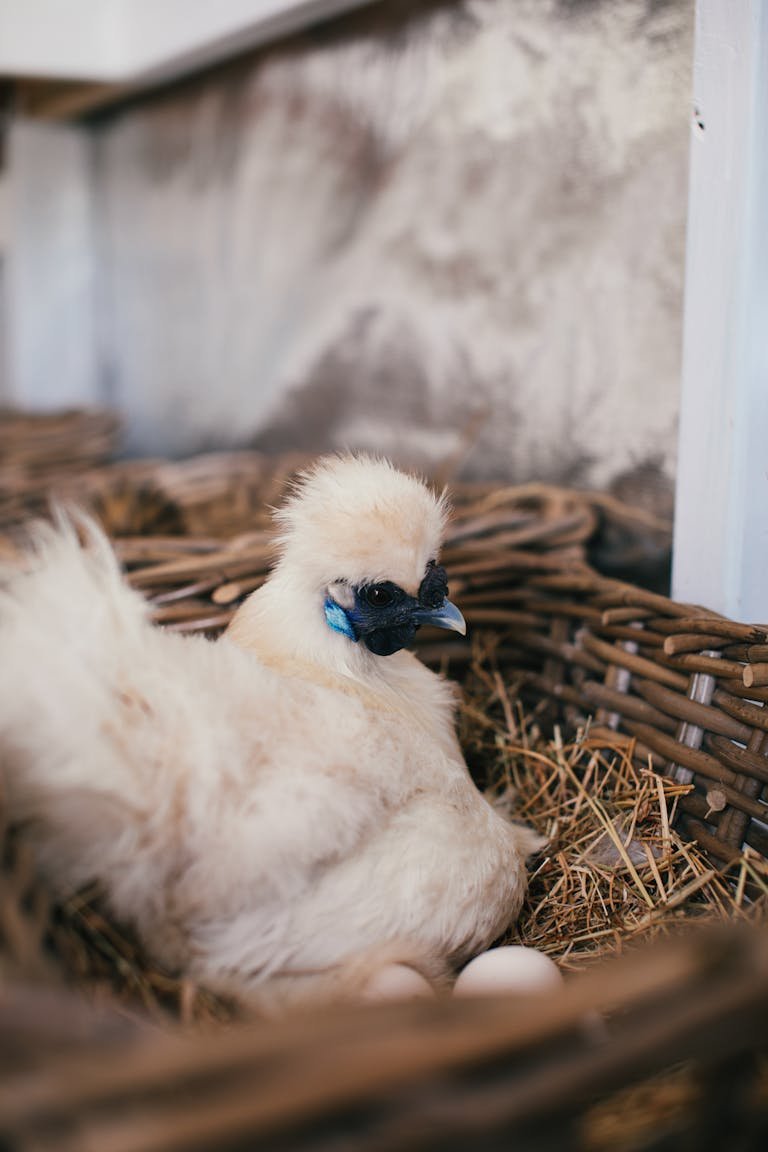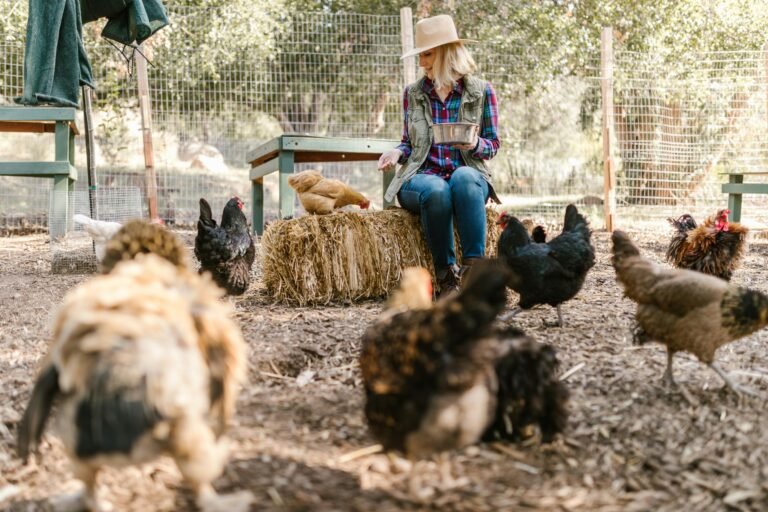Chicken Body Temp: Shocking Secret!
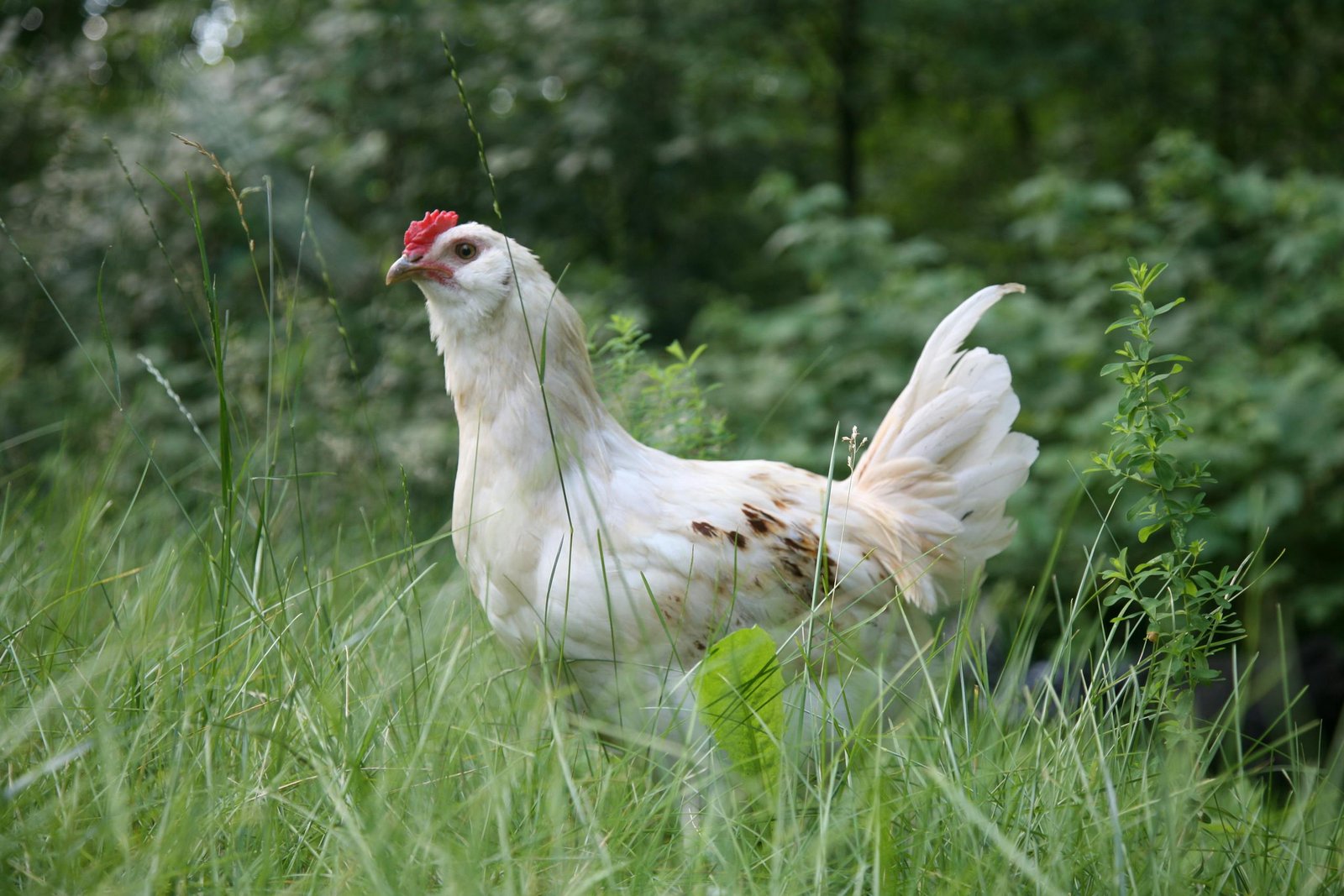
Chickens are warm-blooded. Chickens are typical birds found among backyard farmers and are a good source of eggs and meat. However, their biological traits, particularly their warm-blooded nature, are often overlooked. However, all these attributes are always overshadowed by their more obvious biological characteristic such as being warm-blooded animals. Knowing that chickens are warm-blooded helps explain their actions and reactions to specific conditions as well as the conditions that chickens require for their proper health. In this case, many people have failed to understand whether Are Chickens Warm Blooded. The answer is yes, chickens are indeed warm-blooded creatures.
Understanding Warm-Bloodedness
What Does Warm-Blooded Mean?
Homeothermic or warm-blooded animals are animals that are capable of controlling the temperature of their bodies. Cold-blooded animals (poikilotherms) regulate their body temperature according to the environmental temperatures while warm-blooded animals regulate their internal body temperature, not the environmental temperatures.
Why is it Important?
Chickens are warm-blooded animals, which means that they are capable of being active in different natural environments. This capability becomes essential for survival as the ability to secure the food, avoid predation as well as to procreate within both regions of high and low temperatures.
Thermoregulation in Chickens
Behavioral Adaptations
Chickens are involved in several activities in a bid to control their body temperatures. For instance, they may move to a shaded area or go looking for water to help them cool down during summer and cluster together to warm themselves during winter.
Physiological Adaptations
Physiologically, chickens can adjust their blood flow to manage heat loss or retention. Vasodilation, the widening of blood vessels, helps dissipate heat, while vasoconstriction, the narrowing of blood vessels, conserves heat.
Chickens’ Body Temperature Range
The typical body temperature for chickens ranges from 40 to 42°C (104 to 107.6°F). This stable range is sustained through metabolic activities and different thermoregulation activities.
Characteristics of Chickens As Warm-Blooded
Internal Temperature Regulation
Chickens maintain a constant internal body temperature ranging from 40 to 42°C (104 to 107.6°F). This ability to control their body heat is crucial to their existence as well as well-being.
High Metabolism
Some of the metabolic features of chickens include a high metabolic rate, which translates to a rapid conversion of consumed food into energy. It creates the needed heat in order to regulate their body temperature so that they can support active metabolic and energy requirements.
Insulating Feathers
Feathers play a significant role in a chicken’s ability to stay warm. Because of this role of acting as insulators, feathers are capable of trapping a layer of warm air around the body so that heat cannot easily escape. During cold climate periods, chickens are also able to extend and puff their feathers to provide warmth.
Behavioral Adaptations
Chickens exhibit specific behaviors to manage their body temperature:
- Huddling: Chickens for instance in the cold season move close together to warm themselves.
- Panting and Wing Spreading: In hot weather, chickens pant, display their wings through fanning to enhance the rate of heat dissipation.
Blood Flow Regulation
Chickens, for instance, possess the ability to regulate blood flow to parts of their body such as the comb or the wattles. Because these muscles can receive a larger flow of blood, they can eliminate heat more efficiently for extended durations of warm weather.
Subcutaneous Fat
Chickens also have skin subcutaneous fat this makes their body an additional insulation and energy source. This fat layer is most beneficial to the animal during cold seasons or whenever food is scarce.
Comparing Warm-Blooded and Cold-Blooded Animals
Cold-Blooded Animals
Reptiles and other cold-blooded animals are known to depend on outside structures such as the environment to regulate temperature. Their metabolism similarly rises and falls with the environments, which determines their energy level.
Warm-Blooded Advantages
Warm-blooded animals, including chickens, have several advantages over cold-blooded animals:
- Consistent Activity: That can be active at various temperatures.
- Adaptability: They can adapt to a cluster of conditions and can take their living in numerous areas.
- Efficient Predation and Escape: This provides a consistent energy level that enables them to hunt or even escape from the predators.
The Science Behind Warm-Blooded Chickens
Metabolic Processes
In a similar way to heat production, the metabolic activity of the chickens transforms food into energy. This heat assists in regulating their body temperatures, internally.
Thermoregulation Mechanisms
Chickens use several mechanisms for thermoregulation:
- Shivering: It also generates heat through the contractions of muscles within the body.
- Evaporation: Sweating also helps to rid the body of excess heat by evaporative means.
Adaptations for Survival
Feathers and Plumage
Feathers not only provide insulation but also serve other purposes:
- Camouflage: It assists chickens in camouflaging themselves into their surroundings.
- Flight: Despite being fewer than mammals, feathers help to provide short flight and gliding.
Nest Building
The hen will create a nest in areas that are shielded from harsh conditions, this is due to the fact that both the eggs and chicks need warmth.
Roosting Behavior
Chickens minimize contact with the ground hence reducing access by predators during the night and also to keep warm during the night.
Chickens in Various Climates
Cold Climates
During winter when it is cold, chickens for example spread their feathers and cluster to warm themselves. Farmers supplement the natural environment and bring heat sources in order to feel comfortable themselves.
Hot Climates
In hot climates, chickens seek shade, pant, and spread their wings to cool down. Well-aerated environment and clean drinking water are very important to avoid cases of excessive heating.
The Role of Farmers in Temperature Regulation
Providing Shelter
Depending on the environmental conditions, farmers apply various techniques to assist chickens in maintaining their ideal body temperature. This is why well-made coops with insulations and proper air circulation are necessary.
Feeding Practices
Mention that high-energy diets meet a chicken’s metabolic demands, particularly in cold months when the birds need more energy to maintain their body heat.
Health Monitoring
This helps the chicken remain healthy throughout because the checks are done frequently hence can easily control their body heat.
Read Also: How Long Do Roosters Live
Final Words
Learning that chickens are warm blooded creatures can help make sense of the way they behave and the conditions they require. Their metabolic heat production and the changes that occur in their body and appendages help them maintain their body temperature and keep them fit. If you are a hobby farmer who is raising chickens in your backyard or if you are just interested in these wonderful animals then, understanding the warm-blooded characteristics of chickens is very important.

